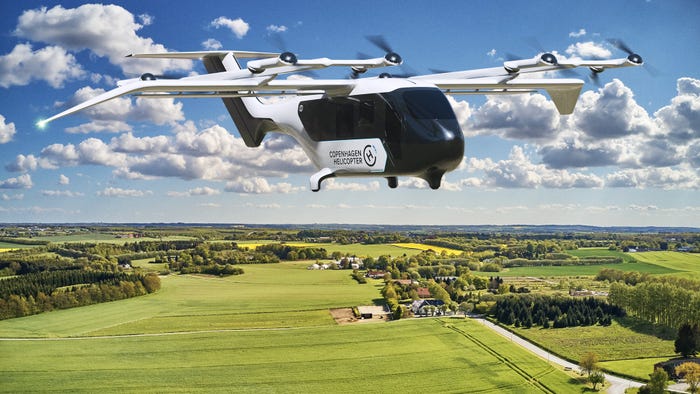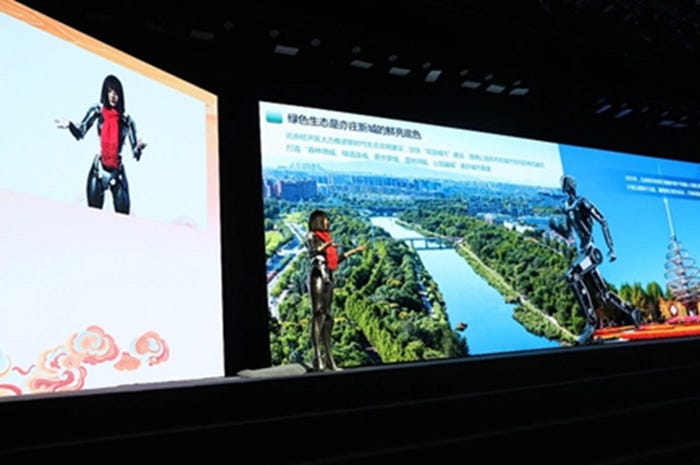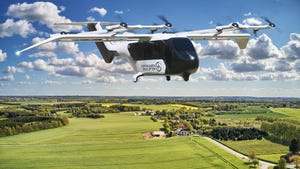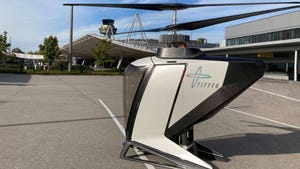Q&A: Getting IT and OT to Play Nice When it Comes to the IIoTQ&A: Getting IT and OT to Play Nice When it Comes to the IIoT
This topic includes articles about new companies that are creating products and services for the IoT ecosystem.
April 1, 2016

If the results of a recent survey are any indication, one would think that most IT (information technology) and OT (operations technology) staff don’t play all that well together.
According to the results of a 2015 MPI/Rockwell survey “The Internet of Things Has Finally Arrived,” less than half (45%) of manufacturers surveyed said that their OT and IT teams collaborated on issues such as upgrading legacy operations or enterprise systems; A scant 37% reported a collaborative approach to solving technical enterprise issues. Nearly 10% reported no collaboration between the two departments.
Given that today it is now possible (at least technologically) to leverage information across the enterprise to make better business decisions, we decided to get the perspective of someone who has had lots of experience working with teams implementing IoT projects: Beth Parkinson, market development manager for The Connected Enterprise at Rockwell Automation.
Why is it that companies still seem to struggle with IT/OT convergence?
I like to say that the hardest part of the IoT is the cultural issues. We should recognize that historically these operations were almost completely separate. They didn’t talk to each other–or maybe sometimes they wouldn’t talk to each other.
Sounds a bit silly, like high school cliques!
It’s not really that surprising, because the departments had very different goals and objectives. IT was running the business applications, while OT was focused on the manufacturing process and whatever technologies were needed to implement and support it.
So it’s kind of like IT is from Venus, OT is from Mars?
I suppose you could think of it that way. But in many ways OT really didn’t want IT engaging with their systems because that might cause downtime. OT was coming from the perspective of “For IT it’s a minor inconvenience when a printer goes down for four hours. But for OT, when a manufacturing process goes down, there is potentially millions of dollars at stake.”
Sounds like it was working pretty well when the departments were siloed–why do they need to start collaborating now?
The only way people are going to leverage the IoT is by looking at new use cases that bring value their companies, and that’s going to happen by cross training people with different experiences.
Collaboration didn’t need to happen before because the systems were based on different technologies and often on different networks. Today, OT systems are changing and so is the underlying technology. Rockwell has been working with Cisco, for example, to develop reference architectures to bring standard Ethernet into the factory floor in a way that meets the needs of both OT and IT and does not negatively impact the operations.
Moreover, to execute effectively on the IoT, companies are beginning to recognize that they have tons of operational data they are using for real time decision-making that could generate additional value for the company. But maybe they aren’t sure how to apply it. By collaborating with colleagues who understand analytics, they can begin looking at ways some of the data can be utilized in the cloud by different parts of the organization, which might not have been obvious if done with views from only one part of the company.
How is that working out for them?
Companies are making headway and I think we’re at a point that we can say that the early adopters are collaborating well. But it is taking some time. We’ve been working on the IT/OT collaboration with companies like Cisco and Microsoft and doing roundtables for the past ten years to help companies understand how to address these issues.
How are companies actually making this IT/OT convergence happen?
There are lots of different models for doing this. Some are stepping up and saying “Hey, we need to increase the knowledge across both teams so let’s form a new group that brings them together.” They are putting people from OT and IT into a common group with a common set of goals and principles. By doing so, they are doing a kind of knowledge exchange across the groups, who in the process are gaining mutual respect and trust. When they get over the distrust of “That can’t work in my part of the business!” they can begin to focus on solving problems.
When it does work, what things are the two groups doing right?
The folks that I have talked to think it’s a great opportunity to learn more about other parts of the organization. If you actually take what’s happening in the market related to IoT, the only way people are going to start looking at new use cases of bringing value to their companies is by cross training people with different experiences. We should start triangulating with people that have experience around the manufacturing and industrial operations, as well as with people who understand different technologies (ie. analytics, cloud, mobility, etc) to identify new ways of looking at solving challenges or creating opportunities.
Accenture did a study with thousands of CXOs. 84% said they anticipate generating new revenue streams with the IoT. There are people working on how their businesses can grow and take advantage of IoT at the most senior levels of the companies. Also, LNS hosted a survey that showed 35% of manufacturing executives surveyed are still at an early adopter stage and just getting started testing out use cases.
If the call to make changes related to IoT is coming from the executive suite, IT might take the lead as most think about IoT in terms of cloud and analytics which often falls within IT’s domain. With that said, many people have quoted Cisco in connection with the overall value at stake relative to the IoT. These findings have been out for several years, and the largest industry highlighted in the study associated with that value is manufacturing. It makes sense. We have been doing machine-to-machine operations and creating large amounts of data with embedded intelligence at the sensor and equipment level for years. So teaming between IT and OT is critical for the success of IoT projects.
How do you recommend companies get started?
I tell people that a lot of times it’s just taking that first leap – it doesn’t have to be rip and replace. Identify an area where there is a challenge that you want to be able to fix as part of your operations—whether that’s dealing with downtime or remote monitoring. Pick a part of your operation and put a cross-functional team together.
Who should be on the team?
If you want to see success, put people on the project team who are eager and interested in learning versus the people who think, “This is the way we’ve always done things and we’ll keep doing them that way.” I think as we look at the cultural aspects of IT and OT you are going to see some of the folks who are newer to manufacturing who are used to doing things like video chats and are running their life in the cloud.
What if I’m that guy–the more experienced worker who hates social media? How do I stay relevant?
Stay relevant by being curious about how to improve your operations – and be open to collaborating with others. At the end of the day, new strategies around people, processes and technology that will have success are focused around how to save money and/or make money.
Article was originally published on IndustryWeek
About the Author
You May Also Like








